The UK is full of quirky traditions, especially those that are specific to our countries, leading to endless sources of confusion. Perhaps the biggest contributor to this is the Scots, who have so many baffling customs. Here are 19 Scottish traditions the English just don’t get.
Kilts and Tartan
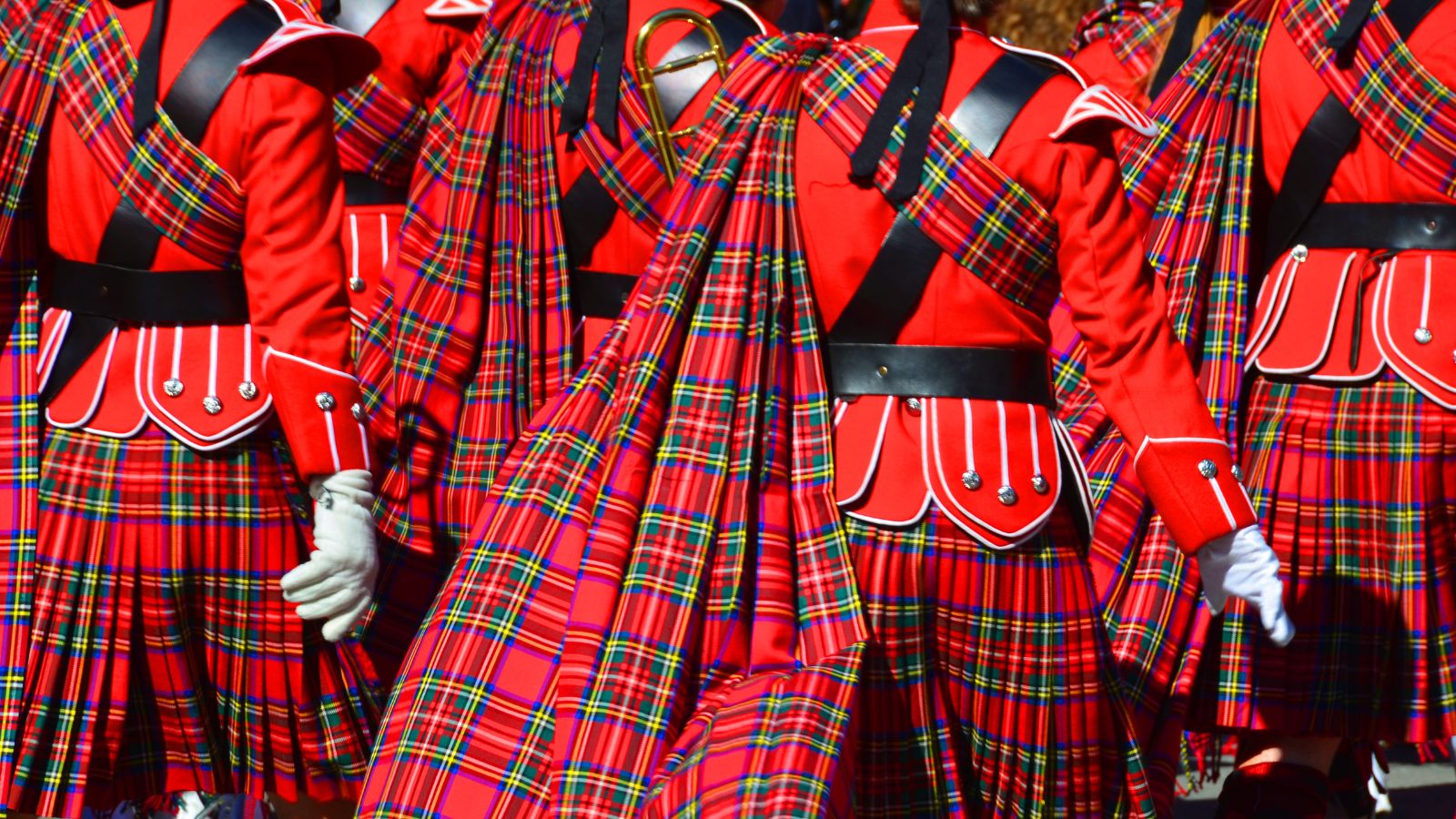
Perhaps the most famous aspect of Scottish culture is the kilt, a knee-length garment with deep cultural roots. As Historic UK explains, its tartan patterns represent various clans, with every family having their own tartan textile. They’re proudly worn at formal events and celebrations, and don’t be surprised when you learn that a man won’t wear any underpants under his kilt, which isn’t ideal on windy days.
Hogmanay Celebrations
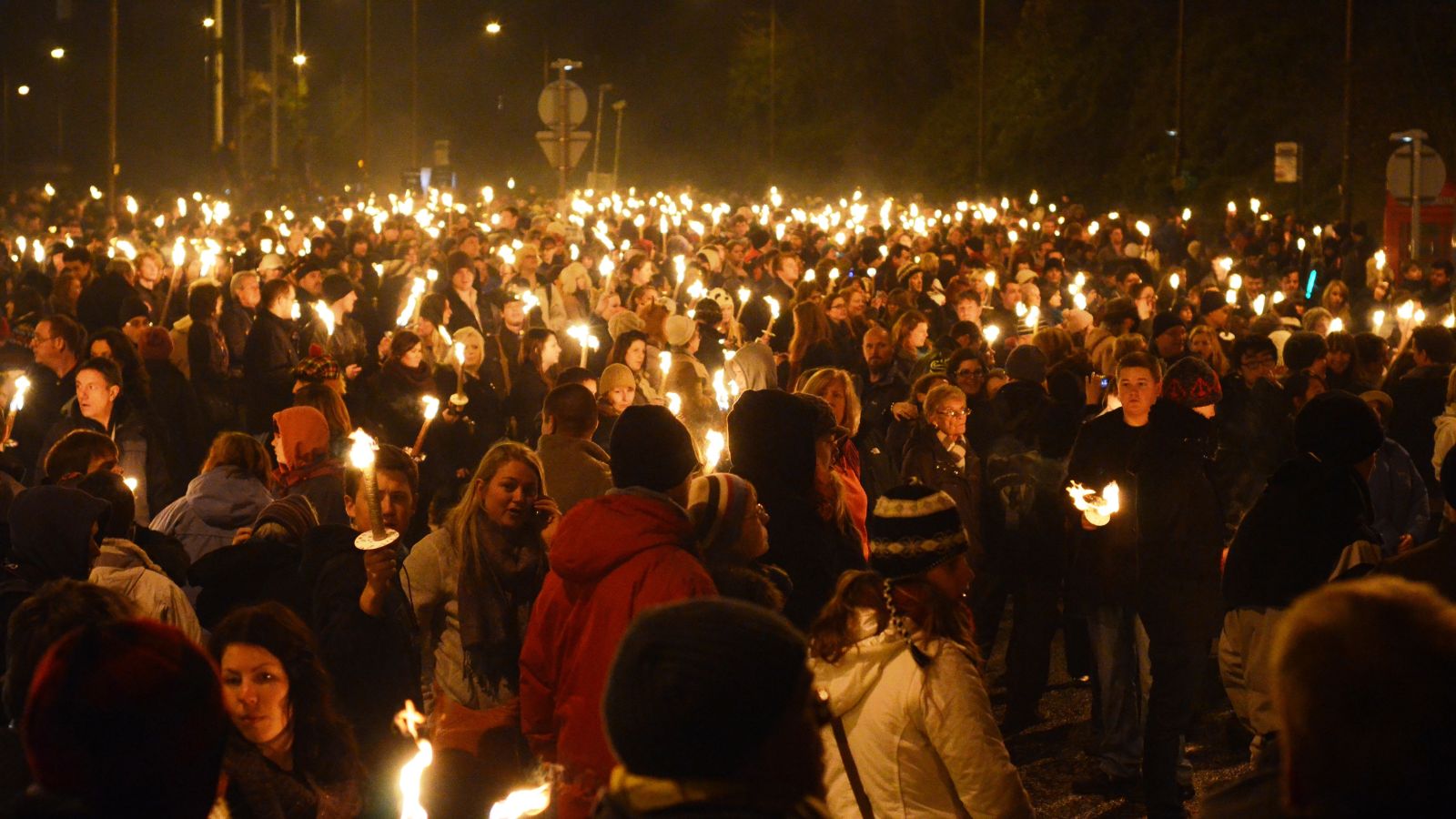
The Scottish New Year celebration of Hogmanay is marked by vigorous partying, fiery street festivals, and a tradition known as “first footing”. This is where the first visitor of the year brings gifts like coal or whisky, symbolising good fortune.
Burns Night Suppers
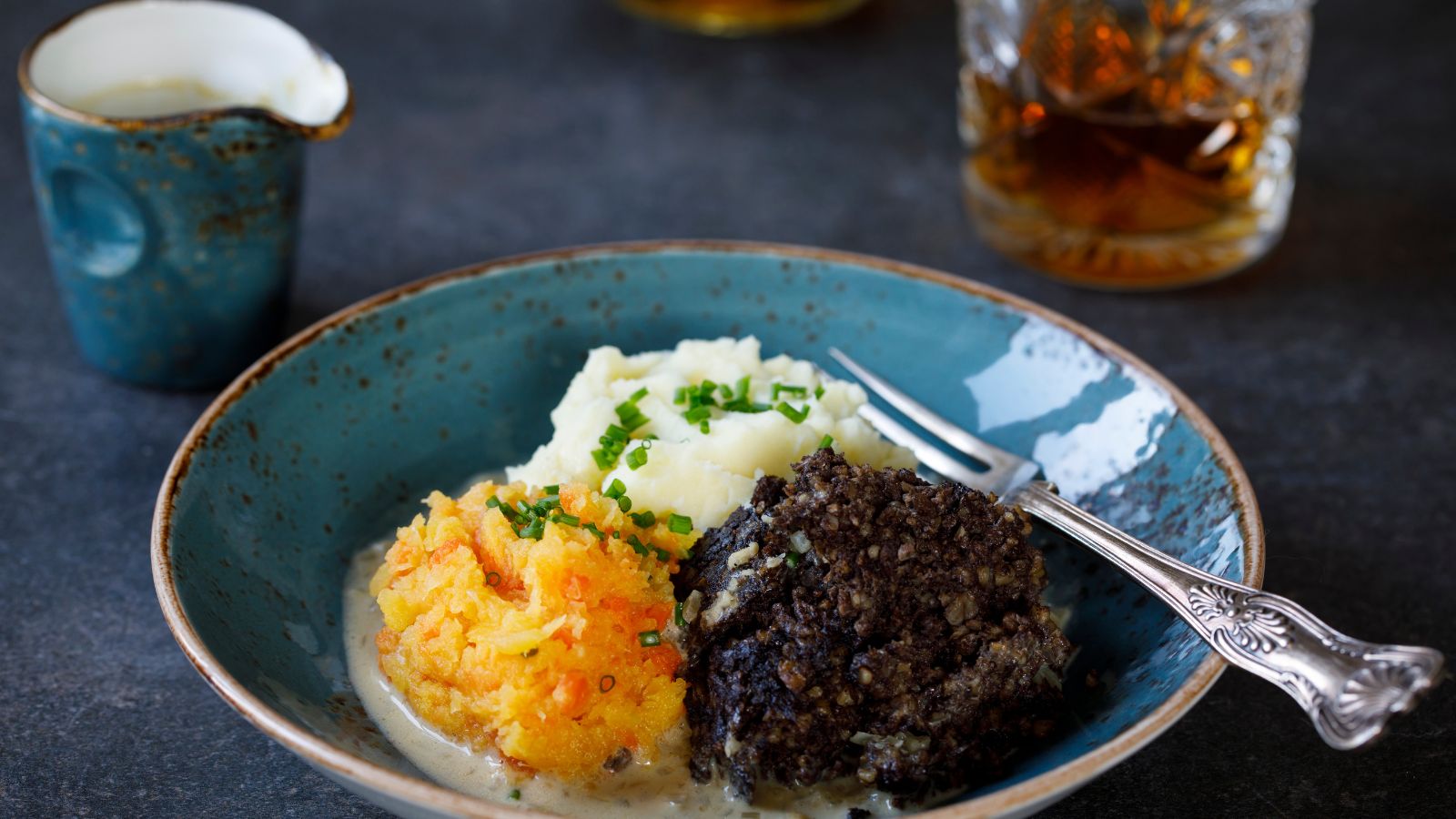
Every January, Scots honour their national poet, Robert Burns, with a Burns Night supper. The evening includes recitations of Burns’ poetry, a traditional meal of haggis, neeps, and tatties, and whisky toasts, all of which embody Scottish pride and cultural heritage. If you’re planning a visit to Scotland this year as an Englishman, you better make it on Burns Night.
Ceilidh Dancing
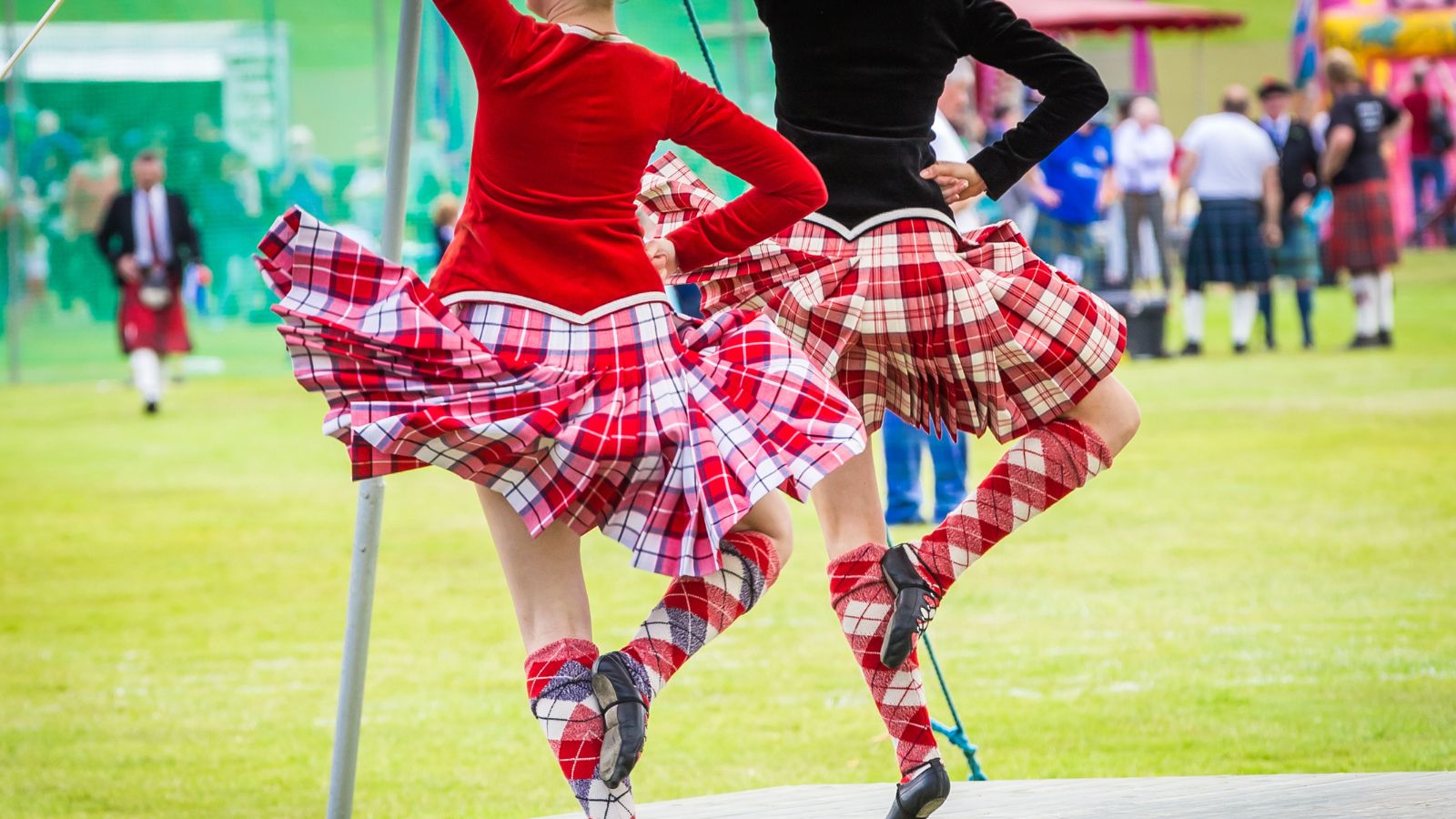
Scots love a dance, especially when it comes to Ceilidh dancing, which is a lively social event involving traditional Gaelic folk music and energetic group dances. With its specific steps and fast-paced reels, it’s a fun but challenging activity that leaves many English guests pleasantly bewildered by its complexity.
Bagpipes
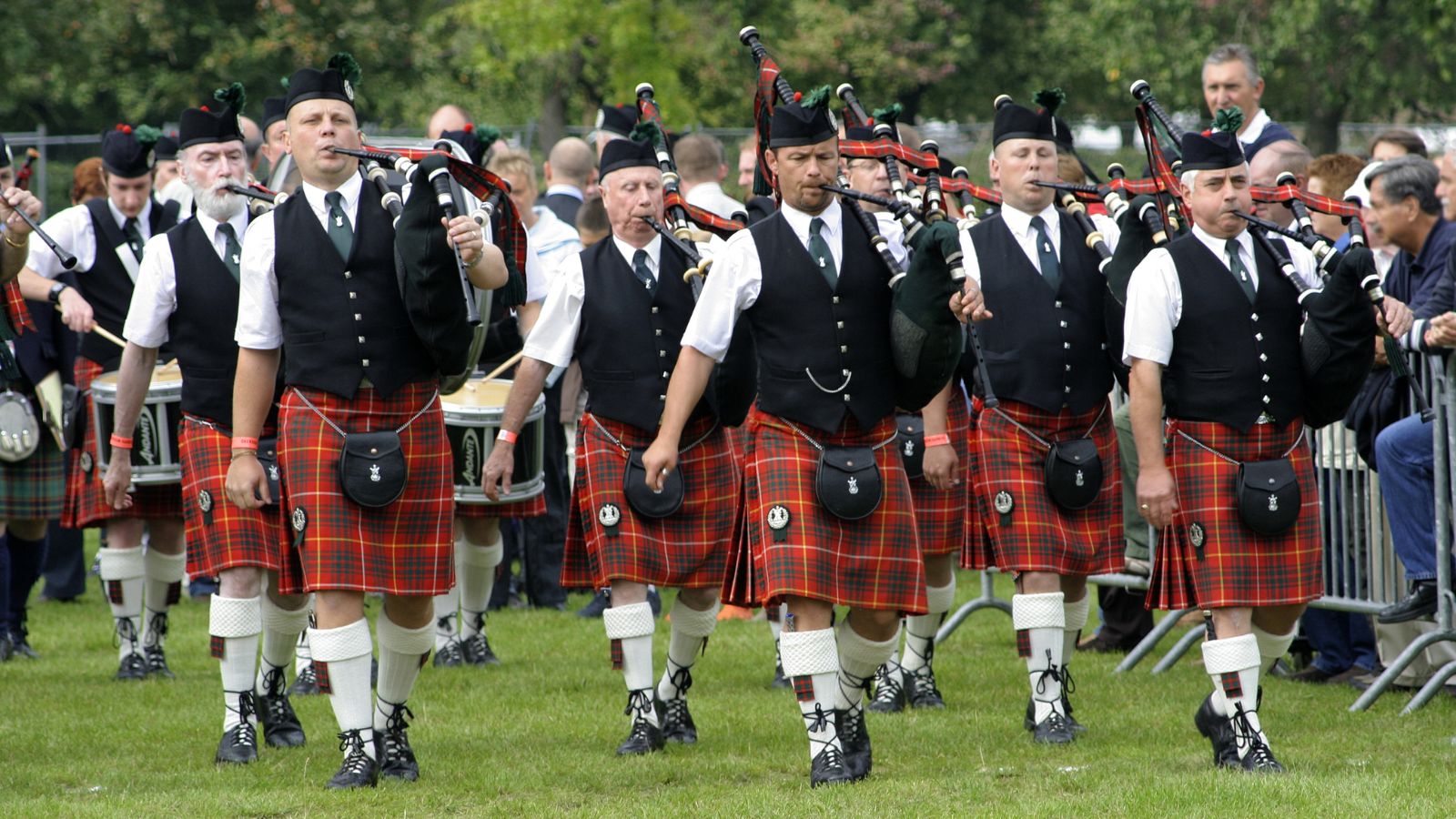
The powerful sound of the bagpipes is an integral part of Scottish ceremonies, found most commonly at cultural events, weddings, and military services. The English often find the instrument’s unique sound and the skill required to play it intriguing, with some even describing the sound as grating or depressing. Personally, we love it, though.
Haggis
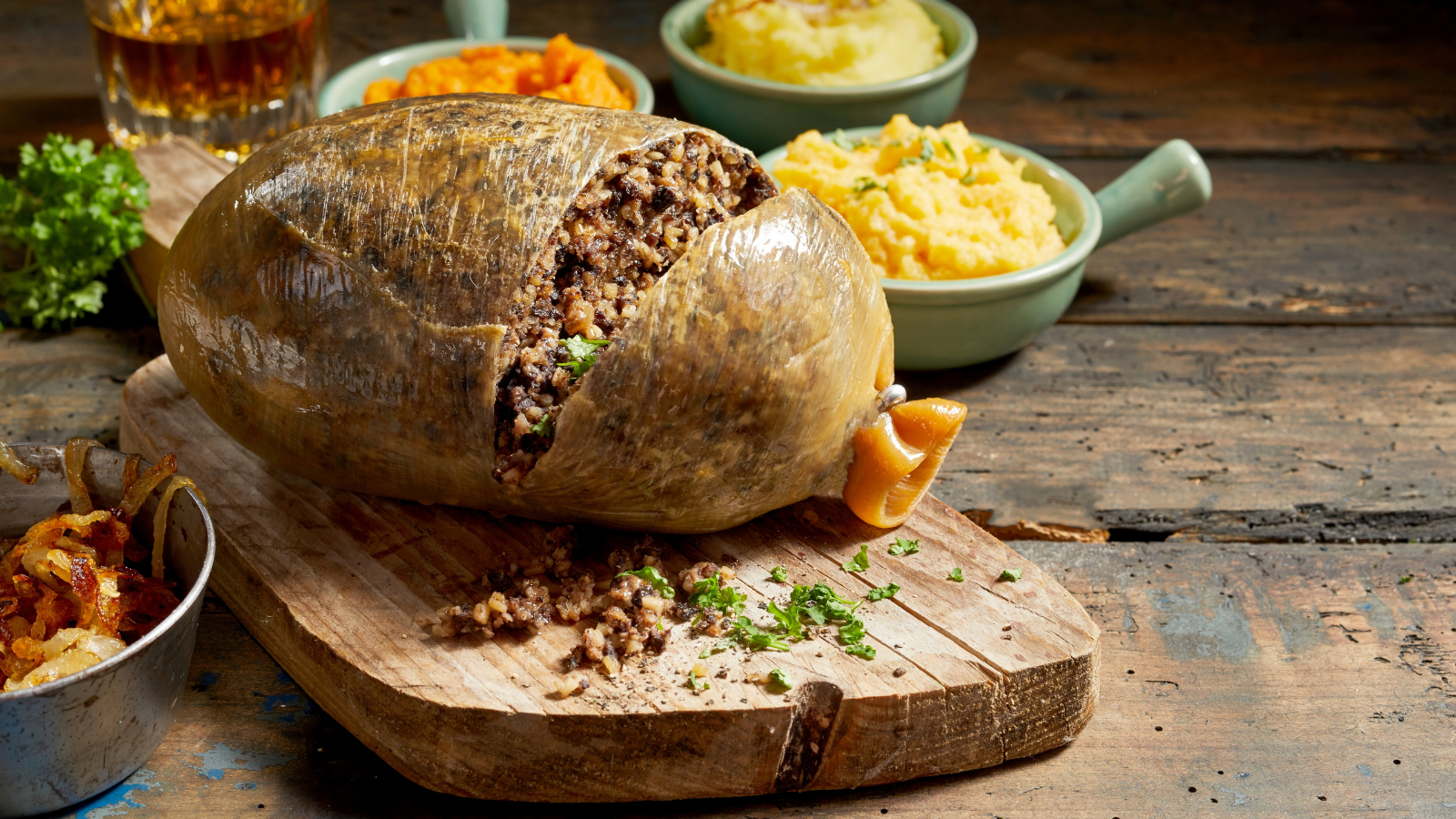
Scottish food doesn’t get much better than haggis, a traditional dish made from sheep’s offal, oats, and spices encased in a sheep’s stomach. It’s absolutely delicious and is, therefore, eaten in Scotland regularly, especially with a side of neeps and tatties. However, to the English palate, haggis can seem unusual or even disgusting when they learn of its ingredients.
The Highland Games
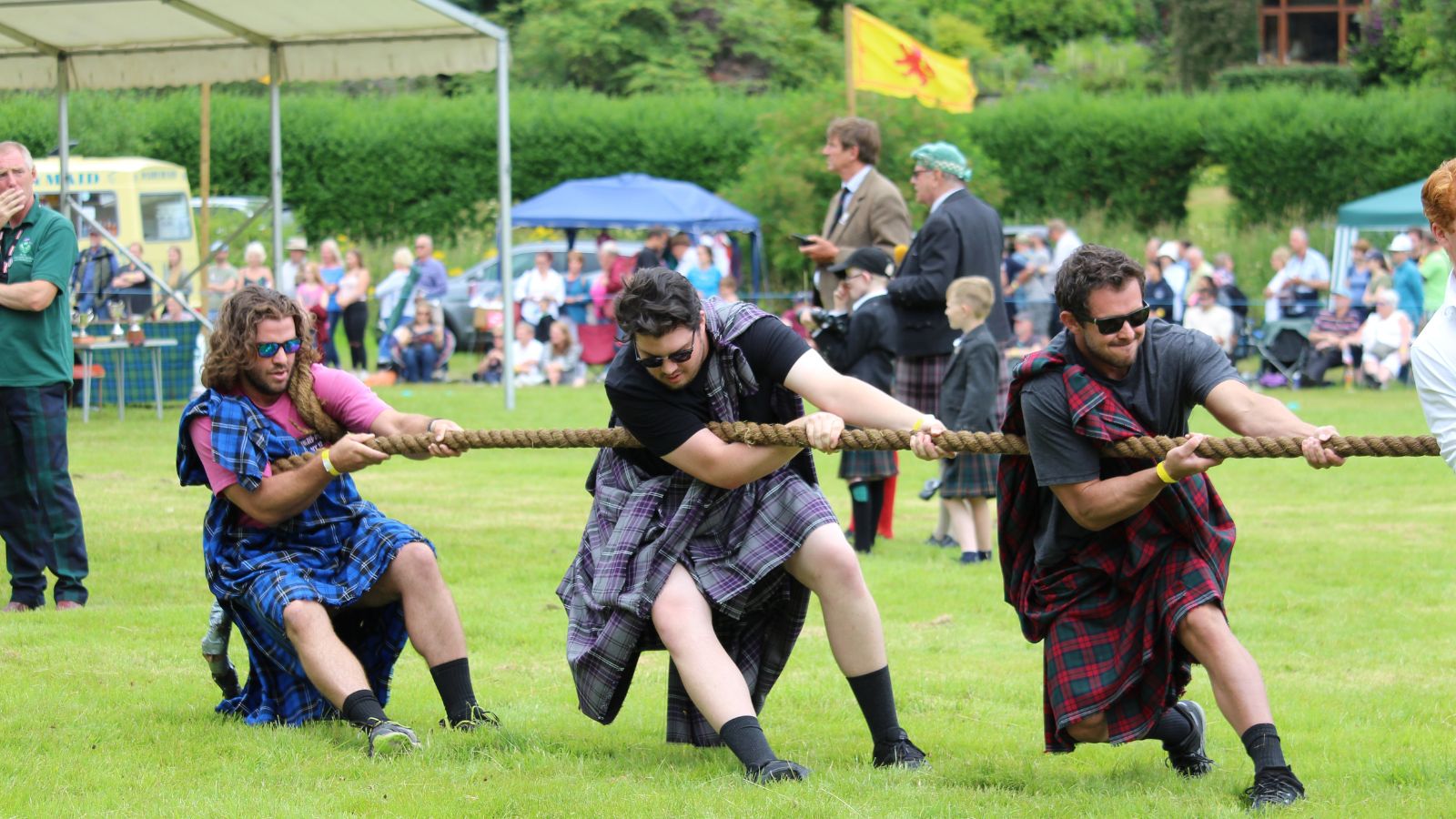
The athletic events of The Highland Games are appreciated much more by Scots than any Olympic event. They feature caber tossing, tug-of-war, stone put, and many more classic Scottish games. However, the physical skills and historical significance behind these games are often surprising and confusing to those unfamiliar with them, with some games seeming downright bizarre.
Clans and Tartans
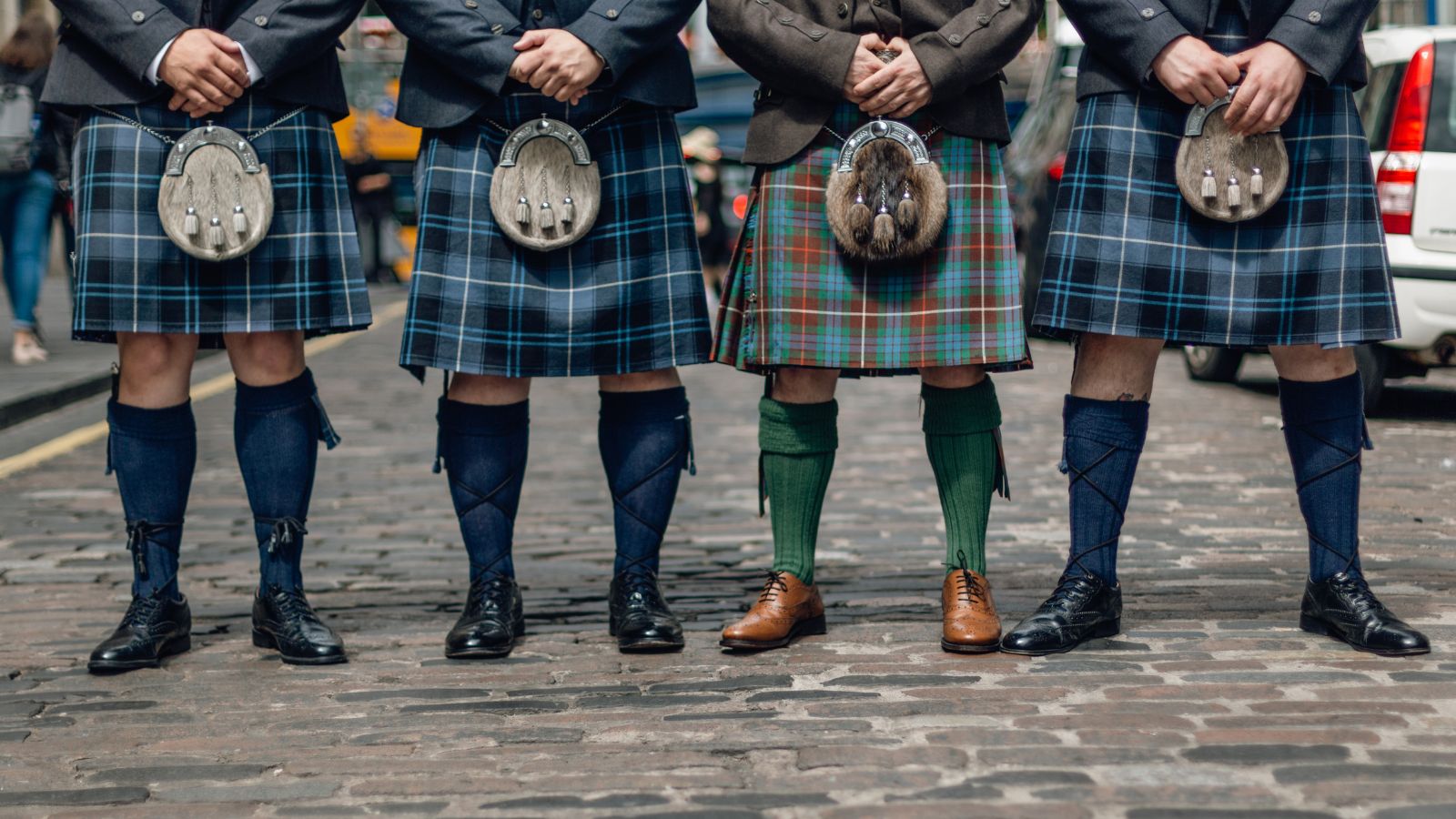
As we briefly mentioned earlier, Scotland has a clan system, with each clan having its own tartan, which plays a crucial role in Scottish identity. The sense of belonging and the historical narratives tied to these clans are aspects that the English might find intriguing but hard to fully grasp, as there isn’t really an equivalent down South.
The Whisky Tradition

You simply cannot head to Scotland for a visit without trying whiskey, the national drink. Most people have tried whiskey, but the Scotch you’ll find here is completely different. There are tons of varieties too from all the Scots’ distilling methods, some of which the English admire, but simply cannot seem to enjoy the taste of.
Hogmanay’s Fireball Ceremony
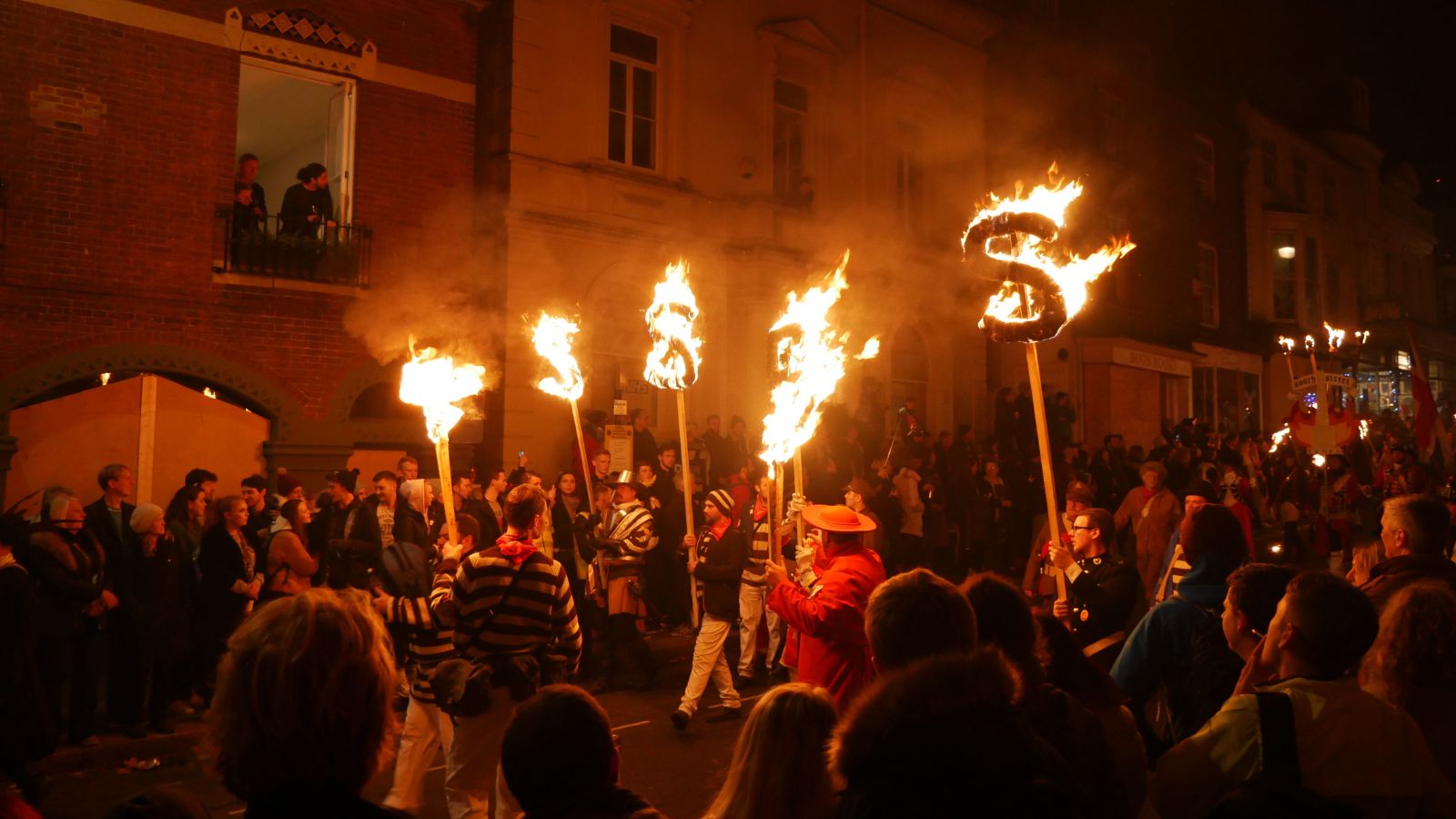
As part of the previously mentioned Hogmanay, locals of Stonehaven, Aberdeenshire, blaze fireballs around their heads in a dramatic New Year ritual believed to ward off evil spirits. This fiery spectacle is a curious sight for many English observers, and those who can get past the danger of it all will no doubt enjoy the celebration.
Gaelic Language

Sadly, Gaelic isn’t so widely spoken these days, especially compared to Irish Gaelic and Welsh. However, it still remains a vital part of Scottish culture and heritage, so it’s preserved and used where possible. When English people see it, they’ll no doubt have a puzzled expression, primarily due to the sheer lack of familiarity.
St. Andrew’s Day
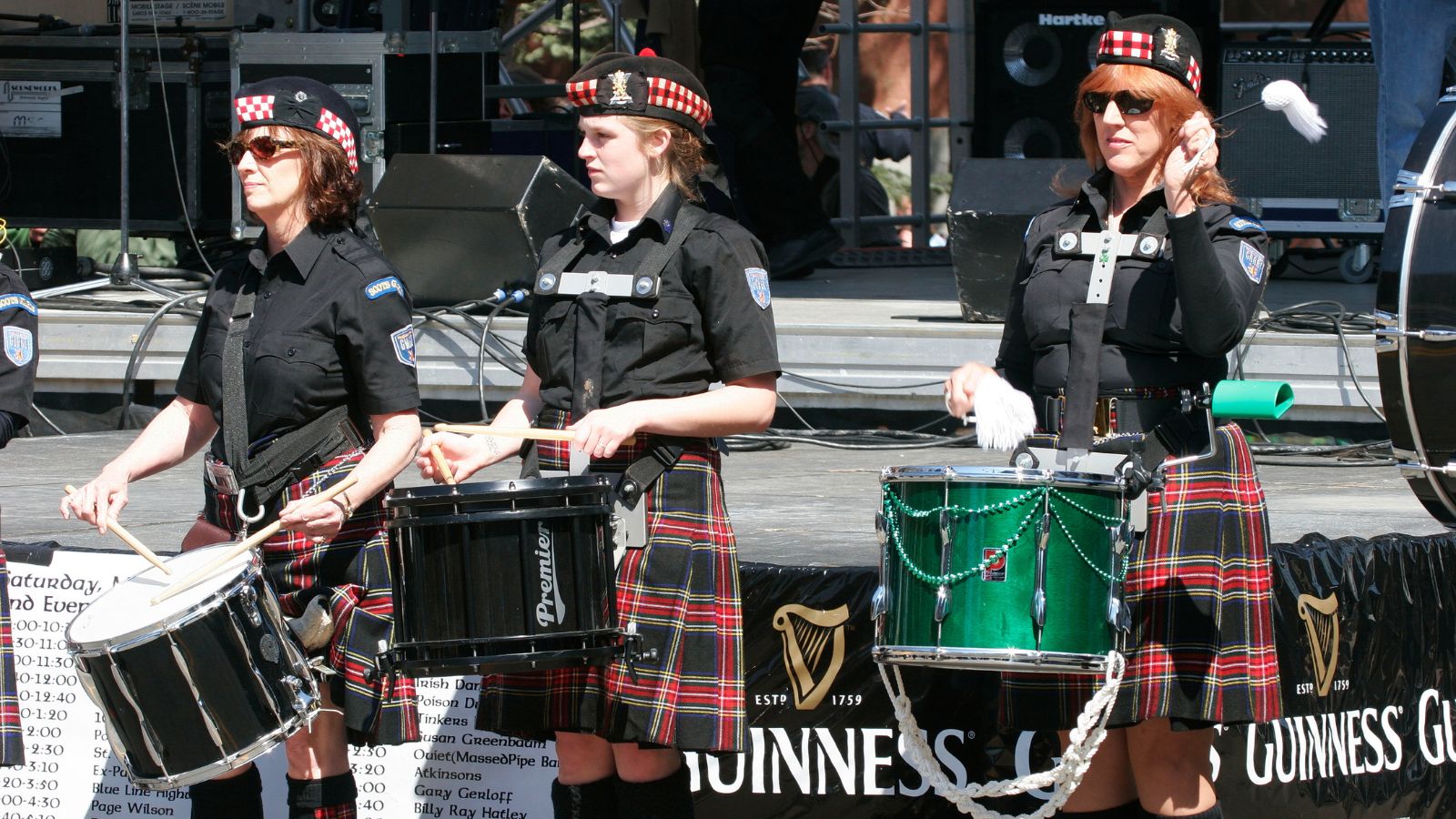
Scotland’s national day, celebrated on November 30th, honours St. Andrew, the patron saint. Festivities include traditional music, food, and dance, showcasing Scottish pride in ways that often seem distinct and unfamiliar to the English. However, this makes it the perfect opportunity to be educated about the nation.
The Royal Mile
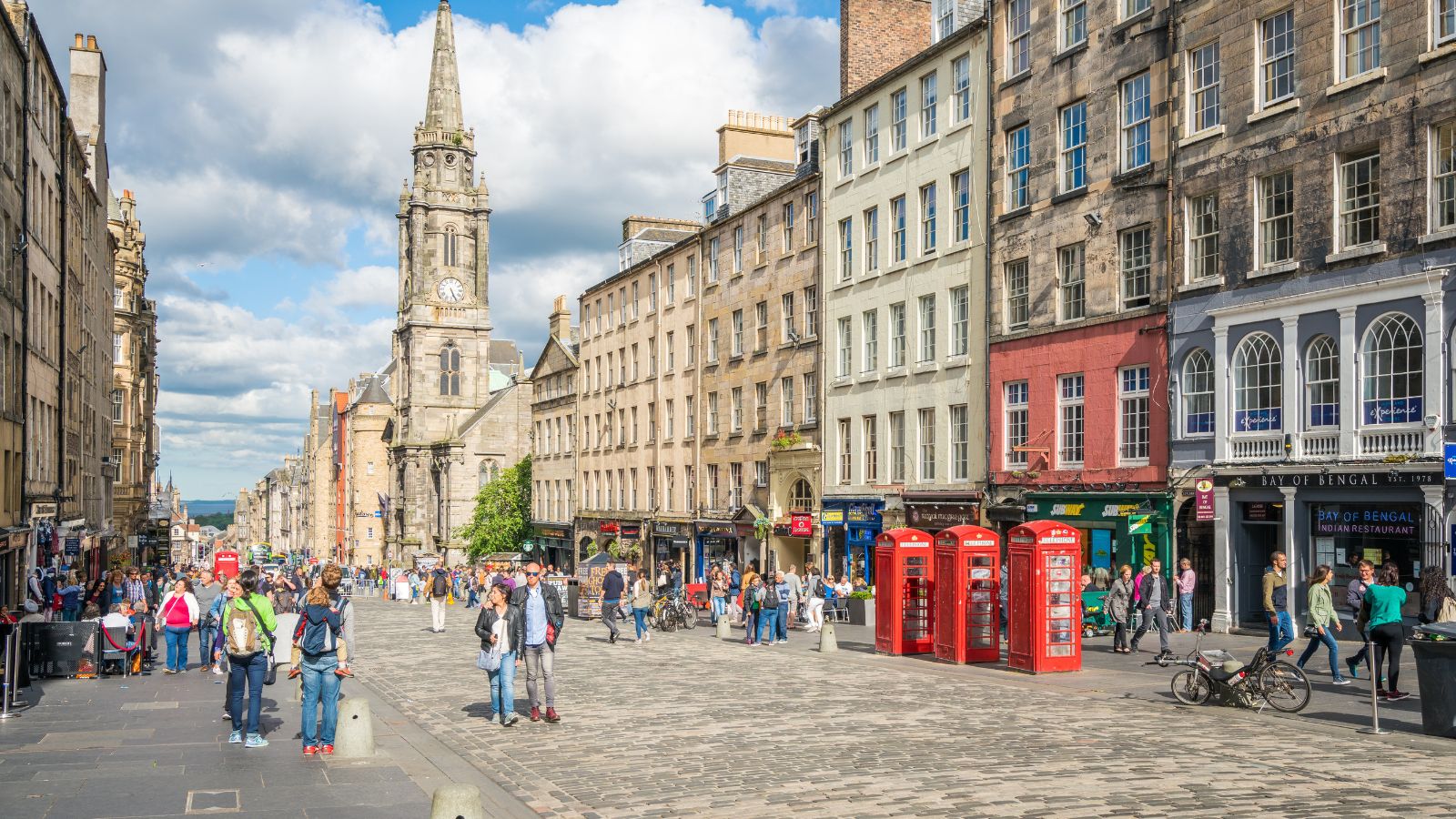
In Edinburgh, the Royal Mile stretches through the heart of the city, filled with historic sites, shops, and street performances. This thoroughfare’s vibrant blend of the old and the new offers an experience that’s uniquely Scottish, one that any English tourist simply has to experience.
Scottish Country Dancing
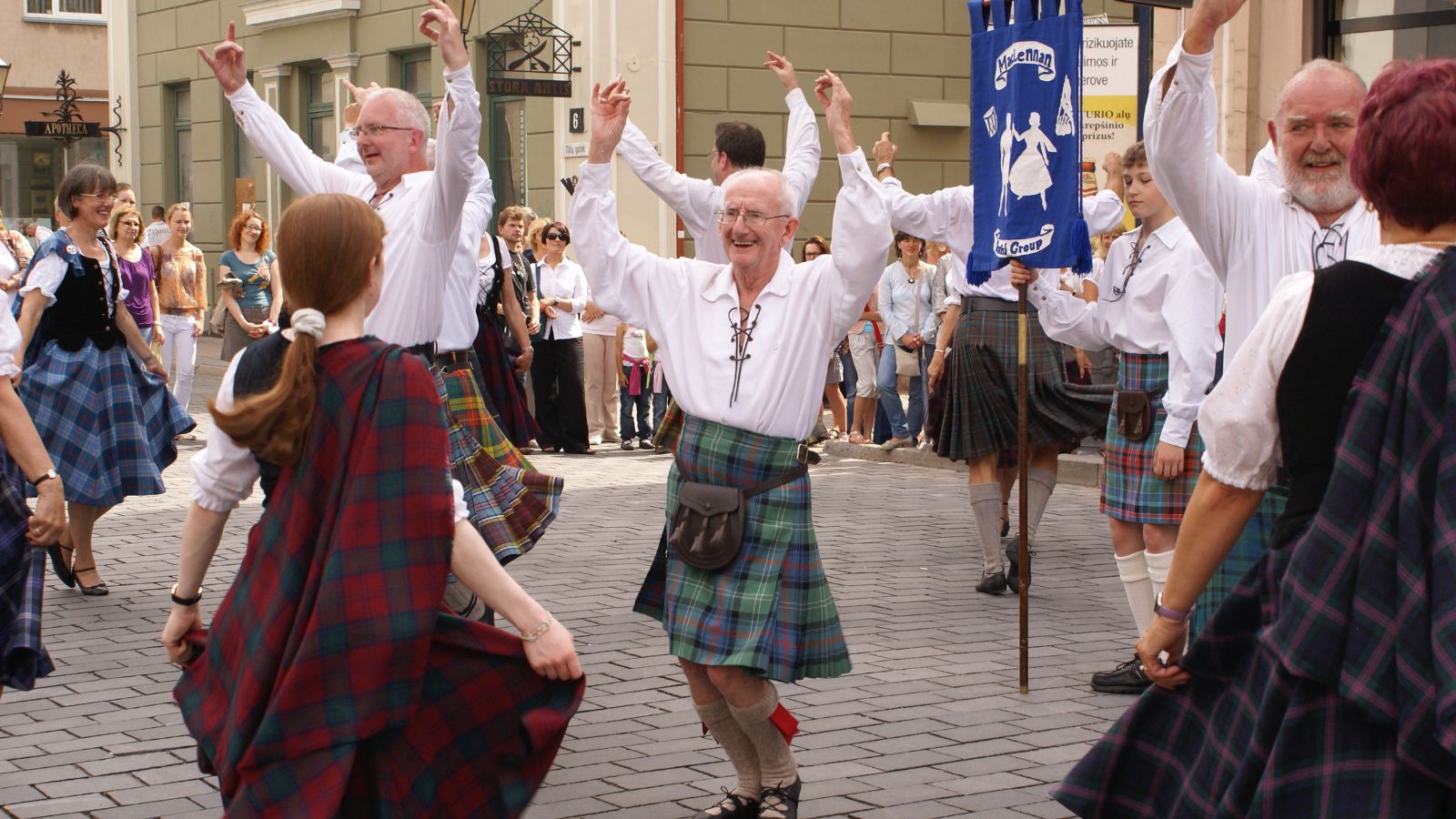
Different from ceilidh, Scottish country dancing involves intricate footwork and precise formations, often performed at social gatherings. The grace and coordination required make it a fascinating yet challenging spectacle for English onlookers, who will no doubt be falling all over each other’s feet.
Selkirk Grace

The traditional Scottish prayer of Selkirk Grace, often recited before meals at Burns Night and other gatherings, reflects Scotland’s cultural heritage beautifully. Its use in everyday Scottish life can seem quaint and somewhat puzzling to those not accustomed to such customs, especially considering it’s still uttered by those who aren’t even religious.
Scottish Folklore

Rich in legends and myths, Scottish folklore includes stories of mystical creatures like kelpies, selkies, and, of course, the famous Loch Ness Monster. These tales, passed down through generations, contribute to Scotland’s enchanting cultural background, and many of them are even passed down to the puzzled, albeit fascinated, English folk.
Up Helly Aa
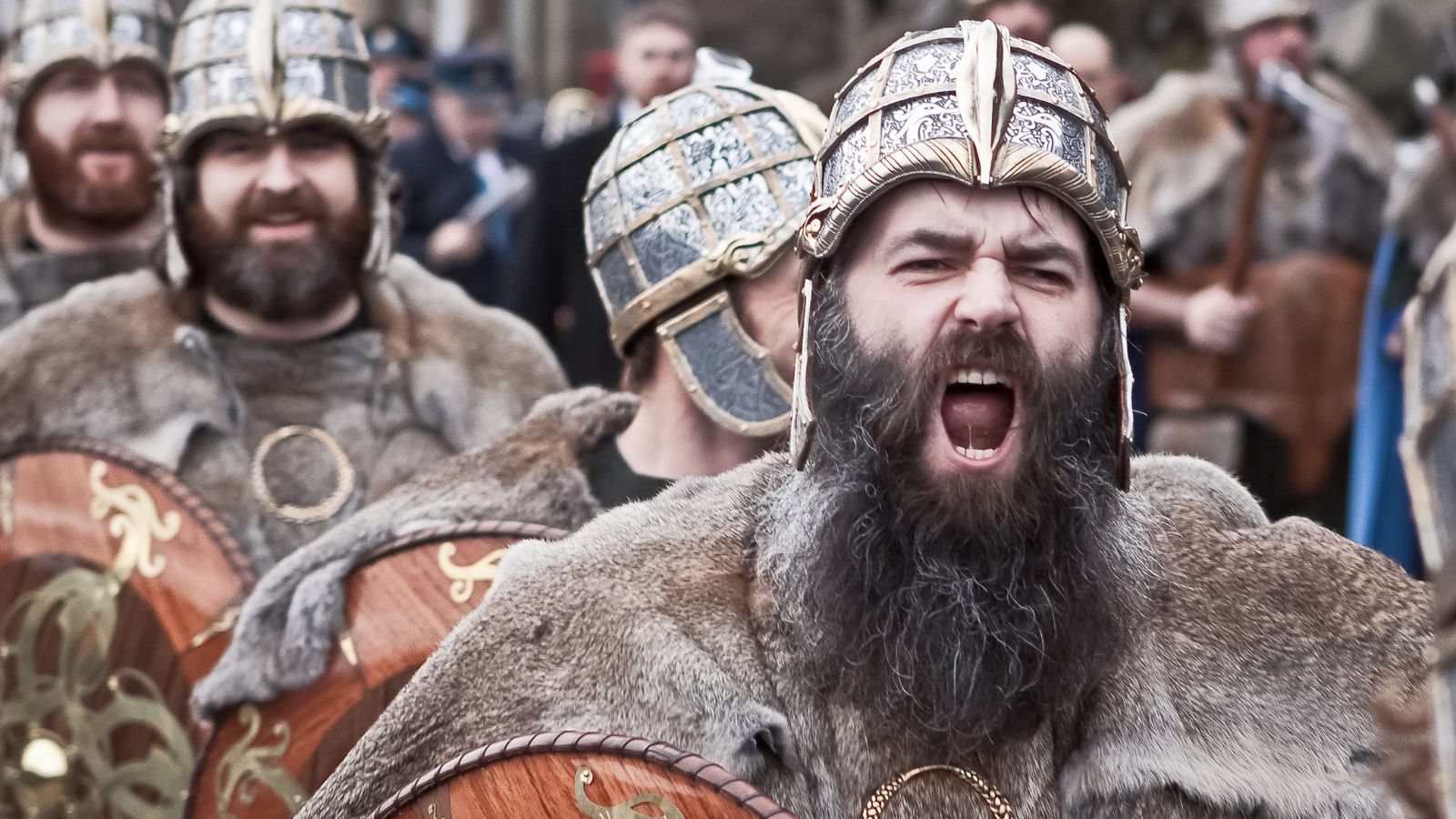
We mentioned Hogmanay’s fireball ceremony earlier, but this is nothing compared to Up Helly Aa, a fire festival found exclusively in the Shetland Islands. It’s a truly energetic festival where locals storm the streets with fire torches and medieval costumes, and it generally ends with enormous wooden sculptures being set fire to, much to the confusion of the English.
Tartan Day
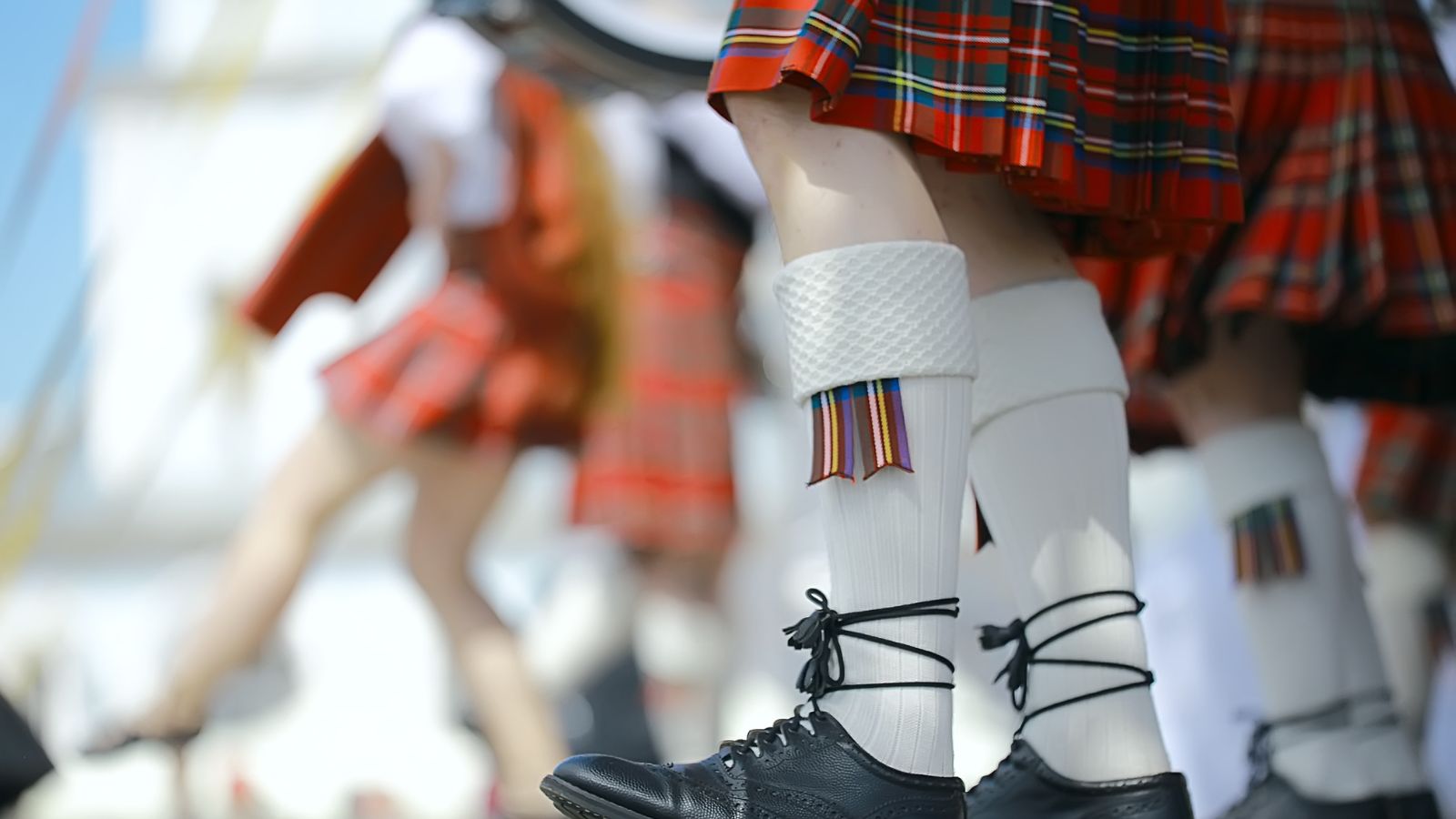
There’s no better day in Scotland to celebrate tartan than Tartan Day, although bizarrely, it’s generally only celebrated in North America. It honours Scottish history and the contributions of Scots abroad, which is beautiful, although it can be super confusing to Brits who happen to be in New York or L.A. on Tartan Day.
Stone Skimming
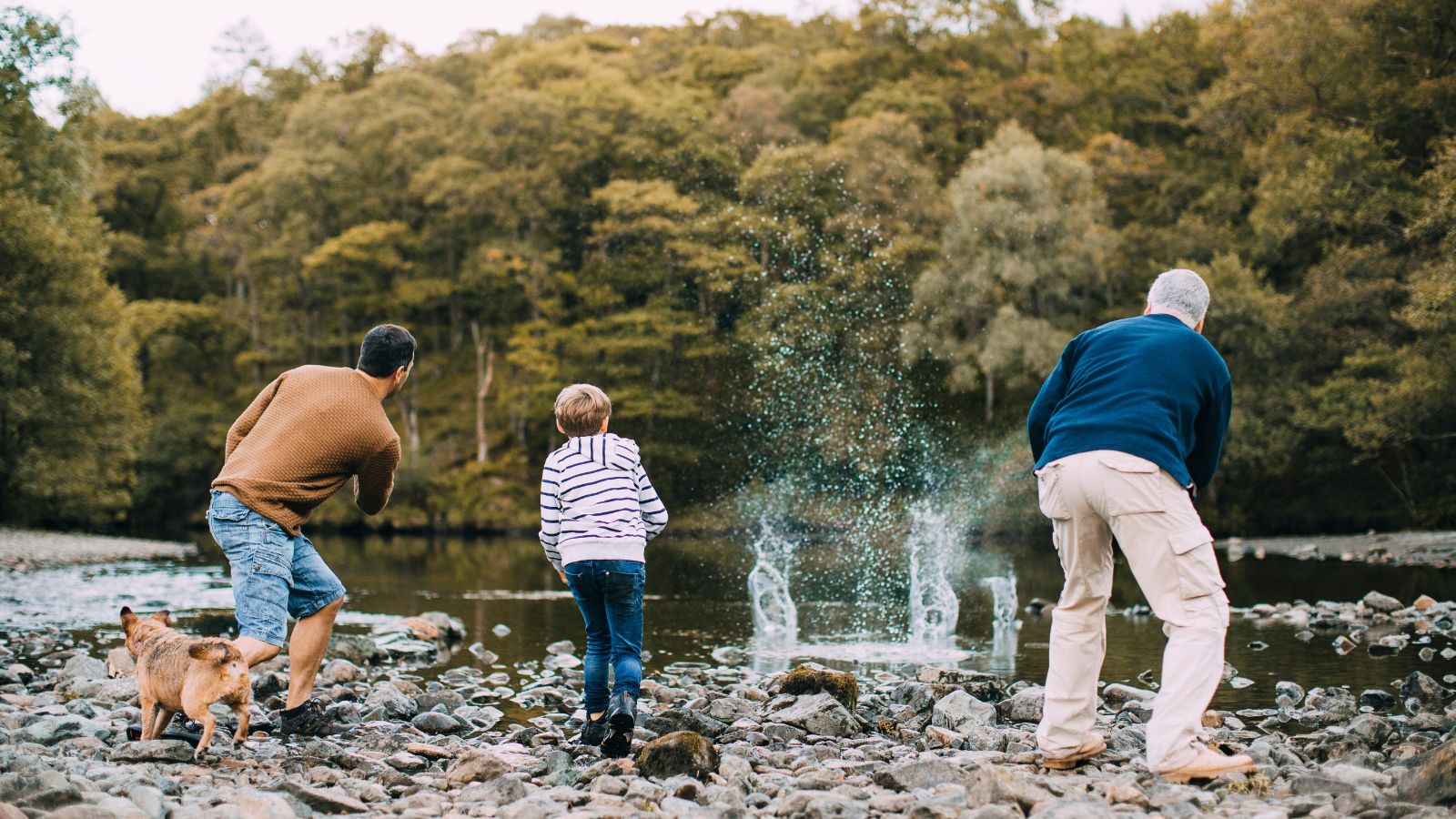
A playful yet competitive tradition, the World Stone Skimming Championships are held on Easdale Island in Scotland. Competitors aim to skip stones across the water’s surface, a pastime that turns into a serious contest, and is undeniably popular in England, too. However, once an Englishman sees the sheer number of skips a Easdale local can achieve, they’ll quickly be giving up.

